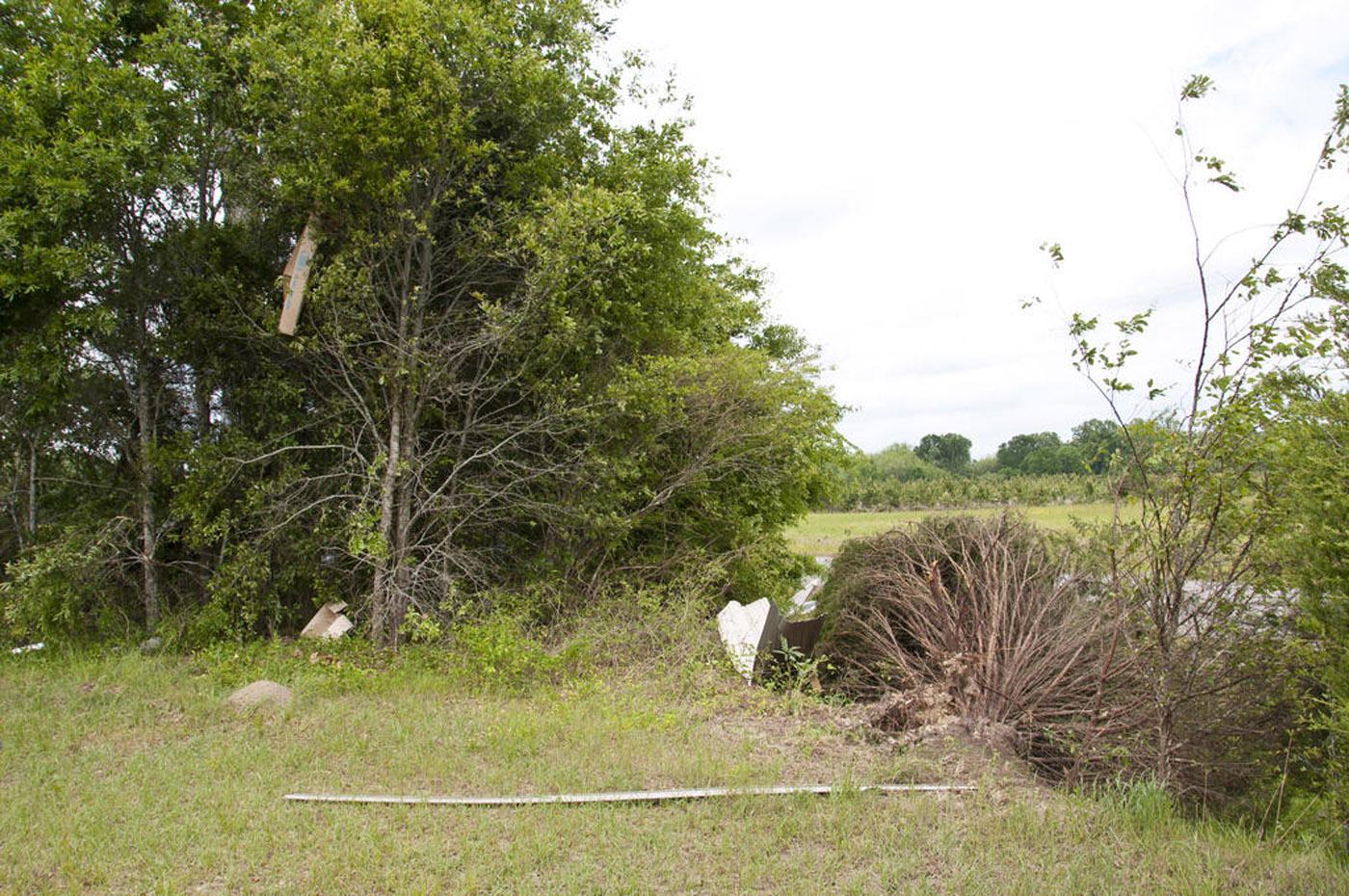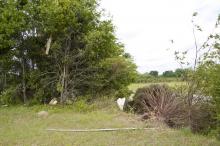Information Possibly Outdated
The information presented on this page was originally released on April 28, 2011. It may not be outdated, but please search our site for more current information. If you plan to quote or reference this information in a publication, please check with the Extension specialist or author before proceeding.
Use safety, professionals for cleanup after tornadoes
By Lelia Scott Kelly
Consumer Horticulture Specialist, North Mississippi Research & Extension Center
MISSISSIPPI STATE – As Mississippians begin the process of rebuilding and cleaning up their tornado-ravaged landscapes, they should consider ways to make the process safer and easier.
Safety is the first consideration, so removing of any damaged trees or large limbs that pose a hazard to homes or people should come first. Hire a professional to do this if you cannot safely do the job.
Hiring a licensed, certified arborist or tree surgeon to assess the damage and to help you make informed decisions about what needs to be done is worth the time and money. Take photographs before the clean-up process begins to document the damage for insurance purposes. Also, keep all receipts for any work done. Professionals can determine what can be salvaged and what needs to be removed. They can safely prune and remove trees and perform any necessary bracing on remaining trees.
Ensure that the person you hire is certified rather than trusting an unlicensed person with a chain saw. Many homeowners hire someone without proper certification to remove trees, and that choice can result in serious problems. Certificated arborists carry the liability insurance and the proper credentials to provide quality care.
To find a certified arborist or tree surgeon, call your local Mississippi State University Extension Service office. The phone number is under your county name in the white pages of the phone book. Or find these professionals by going to the Mississippi Forestry Commission website: http://www.mfc.ms.gov/pro_tree_care.htm. This website lists tree surgeons by county. Click the site’s link to the International Society of Arboriculture to find certified arborists by county.
The commission’s website also has information on how to select a tree care company. It includes a noninclusive listing of tree appraisers for insurance claims.
Mark the areas where your herbaceous plants are with little orange flags. When the heavy equipment comes to remove large trees, the driver may be able to avoid these planting areas. It is unlikely that tree service professionals can avoid causing any damage at all, but at least marking the areas will make them aware.
For shrubs, flowers and other landscape plants stripped of leaves or damaged by flooding or hail, clean up what is obviously damaged beyond recovery and leave the rest alone to recover. Remember that plants are resilient, and most will recover if damage is not too severe.
What looks like a dead plant with no leaves may begin to put out new growth in a few weeks. Prune broken or damaged shrub branches as soon as it is safe. Replant shrubs that are uprooted as soon as possible.
Plants that can regenerate will show signs of new growth within a short time. When they do, prune back flowers and cut back branches of shrubs as needed to encourage new, thicker growth.
Beginning the process of cleaning up damaged landscapes after tornadoes can seem overwhelming. Using safety precautions, professional advice and common sense will make the work easier. Take one area at a time to evaluate and perhaps change plantings to meet the needs of the new landscape, which may have more sun due to the loss of large trees.
Find landscape and gardening information on the MSU Extension Service website.
Download the Extension Information Sheet 1355 “Repairing Storm-Damaged Shade, Ornamental, and Fruit Trees,” or contact the local Extension office for help and guidance on rebuilding landscapes and gardens.








